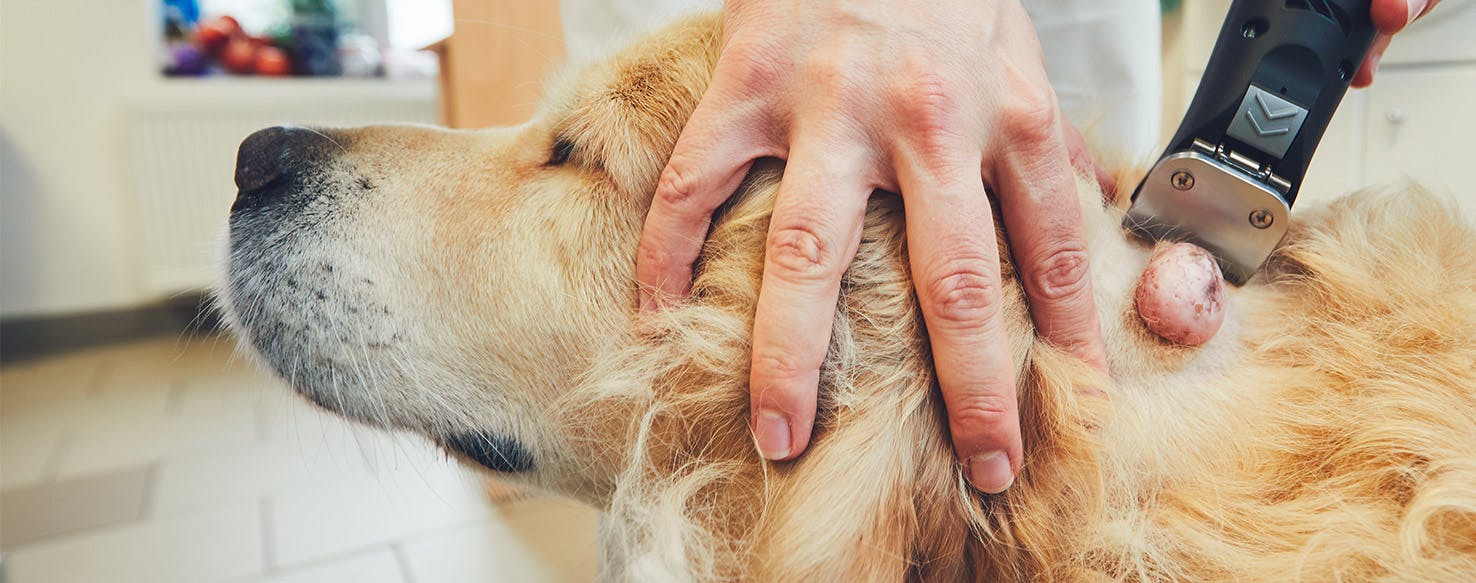Explore the surgical treatment of Lipomas in Dogs. From understanding the nature of lipomas to the surgical procedures involved, this article provides a detailed overview. Learn about the recovery process, potential risks, and frequently asked questions to make informed decisions about your dog’s health.
Introduction:
Lipomas, benign tumors composed of fat cells, are a common occurrence in dogs. While they are generally harmless, some lipomas may grow to a size that affects the dog’s comfort and mobility. In such cases, surgical intervention becomes a viable option. This article aims to provide a thorough understanding of the surgical treatment of lipomas in dogs, covering various aspects from diagnosis to post-operative care.
Understanding Lipomas:
Lipomas are usually soft, movable lumps under the skin that grow slowly. They are commonly found in older dogs and certain breeds predisposed to fatty tumors. Veterinarians often perform fine-needle aspirates or biopsies to confirm the benign nature of the mass before recommending surgery.
Indications for Surgical Treatment:
- Size and Location: Surgical removal is often considered if the lipoma is large, causing discomfort or interfering with the dog’s movement.
- Rapid Growth: If the lipoma is growing rapidly, surgical removal may be recommended to prevent potential complications.
- Cosmetic Concerns: In cases where lipomas are aesthetically bothersome to the owner or cause psychological distress to the dog, surgery may be considered.
Surgical Treatment of Lipomas in Dogs

- Excision: The most common surgical method involves making an incision over the lipoma, carefully dissecting it from surrounding tissues, and removing it in its entirety.
- Liposuction: In some cases, liposuction may be used to remove fatty tissue. This technique is less invasive and results in smaller incisions.
- Minimal-Incision Techniques: For smaller lipomas, veterinarians may use techniques that involve smaller incisions, reducing the overall impact on the dog.
Pre-operative Considerations:
- Bloodwork: Prior to surgery, veterinarians may perform blood tests to assess the dog’s overall health and identify any potential complications.
- Anesthesia: Dogs undergoing surgery are typically placed under general anesthesia. The type and dosage of anesthesia are tailored to the individual dog’s health status.
Post-operative Care:
- Pain Management: Dogs are provided with pain relief medications to ensure their comfort during the recovery period.
- Activity Restriction: Limited activity is often recommended to allow proper healing. This may include restricting exercise and preventing the dog from licking or biting at the incision site.
- Follow-up Visits: Regular check-ups with the veterinarian are essential to monitor the healing process and address any concerns promptly.
Potential Risks:
While surgical removal of lipomas is generally safe, there are inherent risks, including:
- Infection: Incision sites may become infected, necessitating prompt veterinary attention.
- Anesthetic Risks: Though rare, reactions to anesthesia can occur, emphasizing the importance of thorough pre-operative assessments.
- Incomplete Removal: In some cases, complete removal may be challenging, leading to potential recurrence.
Read Also: Lipoma in Dogs
FAQs:
Q1: Is surgery the only option for treating lipomas in dogs?
No, surgery is one of several options. In some cases, veterinarians may opt for monitoring, especially if the lipoma is small and not causing any issues.
Q2: How long does it take for a dog to recover from lipoma surgery?
Recovery times vary but typically range from a few days to a couple of weeks. It depends on factors such as the size of the lipoma, the surgical technique used, and the overall health of the dog.
Q3: Can lipomas grow back after surgery?
While the goal of surgery is complete removal, there is a slight risk of recurrence. Regular veterinary check-ups can help monitor for any signs of regrowth.
Q4: Are there alternative treatments to surgery for lipomas?
Yes, depending on the size and location of the lipoma, alternatives may include monitoring, dietary management, or less invasive procedures like liposuction.
Conclusion:
Surgical treatment of lipomas in dogs is a common and generally safe procedure. Understanding the indications, surgical options, and potential risks is crucial for dog owners considering this course of action. Regular communication with a veterinarian and adherence to post-operative care guidelines contribute to a smoother recovery process for our canine companions.

1 thought on “Surgical Treatment of Lipomas in Dogs: A Comprehensive Guide”